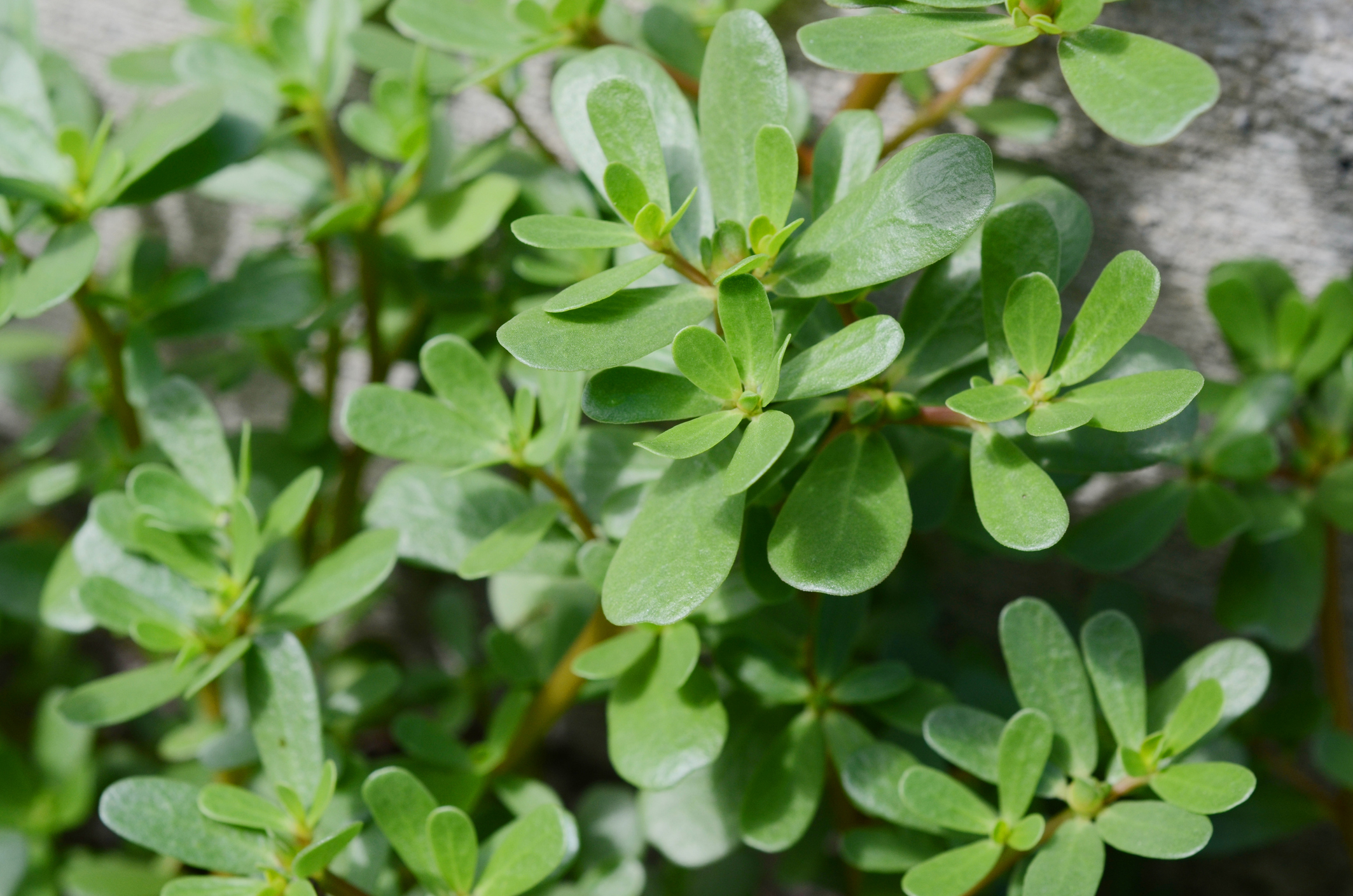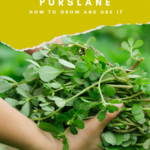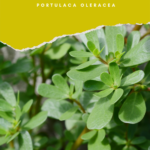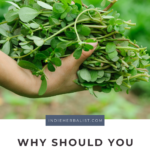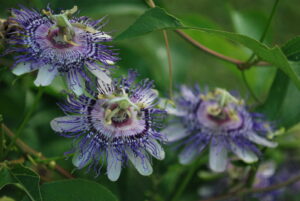Links contained in this post and elsewhere on my website may include affiliate links. When you make a purchase through these links, I earn a commission at no additional cost to you. I only link to products and services that I love - and that I think you will love, too!
Purslane is an herb I hadn’t thought to share with you until recently. A friend and I were visiting the park with her kids when her daughter accidentally stood on an ant hill on the playground. They brushed off most of the ants, but not before she received a few bites. After looking everywhere for plantain and coming up empty-handed, I returned to the playground only to discover the girl standing next to the biggest, healthiest purslane plant I’d ever seen.
Purslane works just as well as plantain for insect bites and stings. I showed her how to crush a few leaves and rub them onto the ant bites, but I had a good laugh at myself for not taking a better look around while I was hunting plantain. Purslane has many other uses, though- here’s what every home herbalist should know about growing and using purslane.
What is purslane and where does it grow?
First, purslane is a non-native weed. According to the USDA maps, it’s available to some extent in every state. If you’d like to buy seeds, Strictly Medicinal Seeds and Baker Creek Seeds are my suggested suppliers. I’ve never needed to buy seeds though. This is an herb that has volunteered in every garden I’ve grown. It literally just shows up on its own.
So, how do you grow purslane? Sprinkle the seeds directly in your garden in spring and keep them moist until you see germination. They should be sprinkled onto the soil, not covered up. Purslane dies back after frost, but the plant self-seeds. You shouldn’t need to buy seeds again in the second year. It likes a steady water supply, which is another reason it thrives in your veggie garden.
Harvesting Portulaca oleracea
And I do recommend adding it to your garden if you can. It’s well-behaved and won’t bother other plants growing nearby. Plus, you will always know where you can find it when you need it.
Although harvesting by foraging can be fun, it can also be problematic. Most weeds regrow readily even in areas heavily sprayed with pesticides and herbicides. So I recommend topical use only if you don’t know what’s been going on in your habitat. That’s where growing your own comes in, so you always have a clean source. And trust me – purslane is super easy to grow.
Harvest purslane as desired throughout the growing season. Trim the stems and use them fresh or dry and store the stems and leaves for making herbal teas.
Purslane can be eaten fresh, dried, or pickled. The young shoots have a mild taste and are tender. Older shoots can be cooked like any vegetable. It has a great nutritional profile for vitamins! As a veggie, this herb has plenty of vitamin A, vitamin C, and magnesium. It also has iron and copper. Surprisingly, purslane is also a good source of omega-3 fatty acids.
Purslane’s herbal uses
Purslane’s herbal record of use in Western traditions dates back to Dioscorides. It’s also used in Traditional Chinese Medicine, Ayurveda, and many folk practices around the world. According to traditional sources, this herb supports the following body systems.
Digestive health
- hemorrhoids
- diarrhea (including dysentery)
- blood in the stools from bowel inflammation
- ulcer
Respiratory health
- inflamed, irritated lungs- especially with dryness
- asthma
- coughing
Urinary and reproductive health
- mild diuretic for edema
- urinary tract inflammation
- sexually transmitted infections
Liver and skin health
- eczema
- fever
- boils
- topical for burns
- topical for insect bites and stings
These uses are consistent with purslane’s reputation as a cooling, demulcent herb with astringent properties.
Modern herbal research into purslane
In addition to purslane’s traditional uses, modern researchers are interested in many other aspects of this herb. These include:
- anti-inflammatory properties
- immune modulating influence
- antitumor activity
- antioxidant benefits
Adding purslane to your herb journal
As you can see, purlsane is a good herb to know for many reasons. I recommend making an entry for it in your medica herb journal. Read up on it, take notes, and refer back often!
Haven’t started a materia medica? This article about creating an herb journal shows how!
References
Bauman, Hannah. (2021). Food as Medicine: Purslane. HerbalEGram, Issue 8. https://www.herbalgram.org/resources/herbalegram/volumes/volume-18/issue-8-august-2021/news-and-features/food-as-medicine-purslane/
Kaur, Harpreet. (2020). An analysis of pharmacological activities of Portulaca oleracea. International Journal of Pharmaceutical Sciences and Research. 11(12). 5995-04. doi: 10.13040/
IJPSR.0975-8232.11(12).5995-04.
Rahimi, V. B., Ajam, F., Rakhshandeh, H., & Askari, V. R. (2019). A Pharmacological Review on Portulaca oleracea L.: Focusing on Anti-Inflammatory, Anti- Oxidant, Immuno-Modulatory and Antitumor Activities. Journal of pharmacopuncture, 22(1), 7–15. https://doi.org/10.3831/KPI.2019.22.001
Photo credit: purchased from iStock
